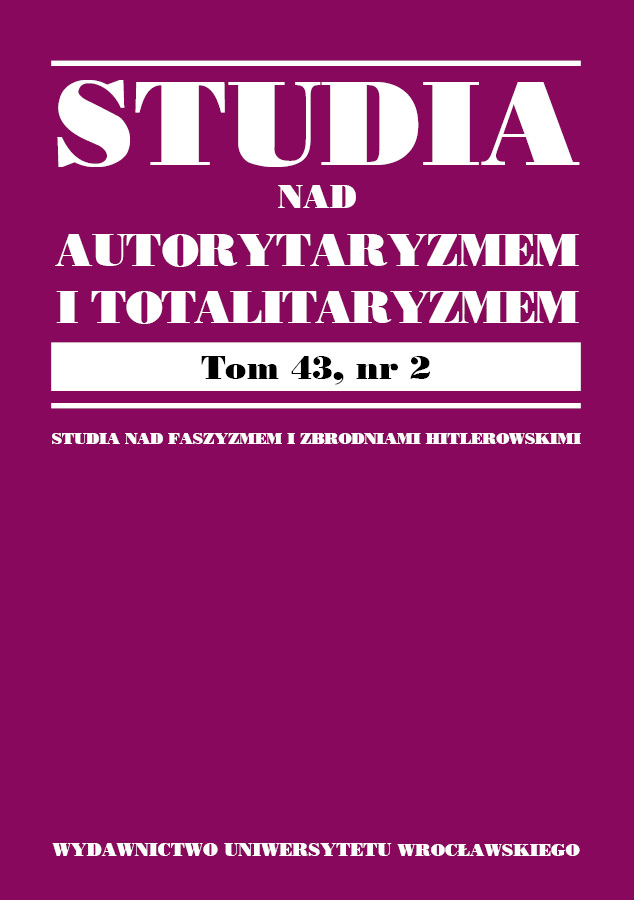

Articles

The aim of this text is a contemporary estimation of the thesis formed in a famous book by Zbigniew Brzeziński and Carl Friedrich, Totalitarian Dictatorship and Autocracy (1956). This is a classic text of Western political science about totalitarianism, simultaneously scientific and political. Scientific, because it presents the idea of three types of political regimes in the 20th century: totalitarian, authoritarian, and liberal-democratic. Political, because the term “totalitarianism” was very useful in the time of the Cold War. This term presents the old (Nazi Germany) and new (Stalinist Russia) totalitarian states as equal political enemies of the USA, equal in their hostility to political and individual freedom, i.e. America’s creed. By using this term, the Americans can create a horrible picture of Russian communism as totalitarian, the same as Hitler’s regime, while presenting old enemies (West Germany, Italy, and Japan) as good friends of both the USA and freedom, because in this moment these states are democratic and liberal. The new term ended the old line of the delimitation between fascist or pro fascist and antifascist states and legitimates the new alliance between the USA and Franco’s Spain. The author analyses the definition of totalitarianism by Brzeziński and Friedrich as well as the political and ideological accusations made against this book by leftist critics.